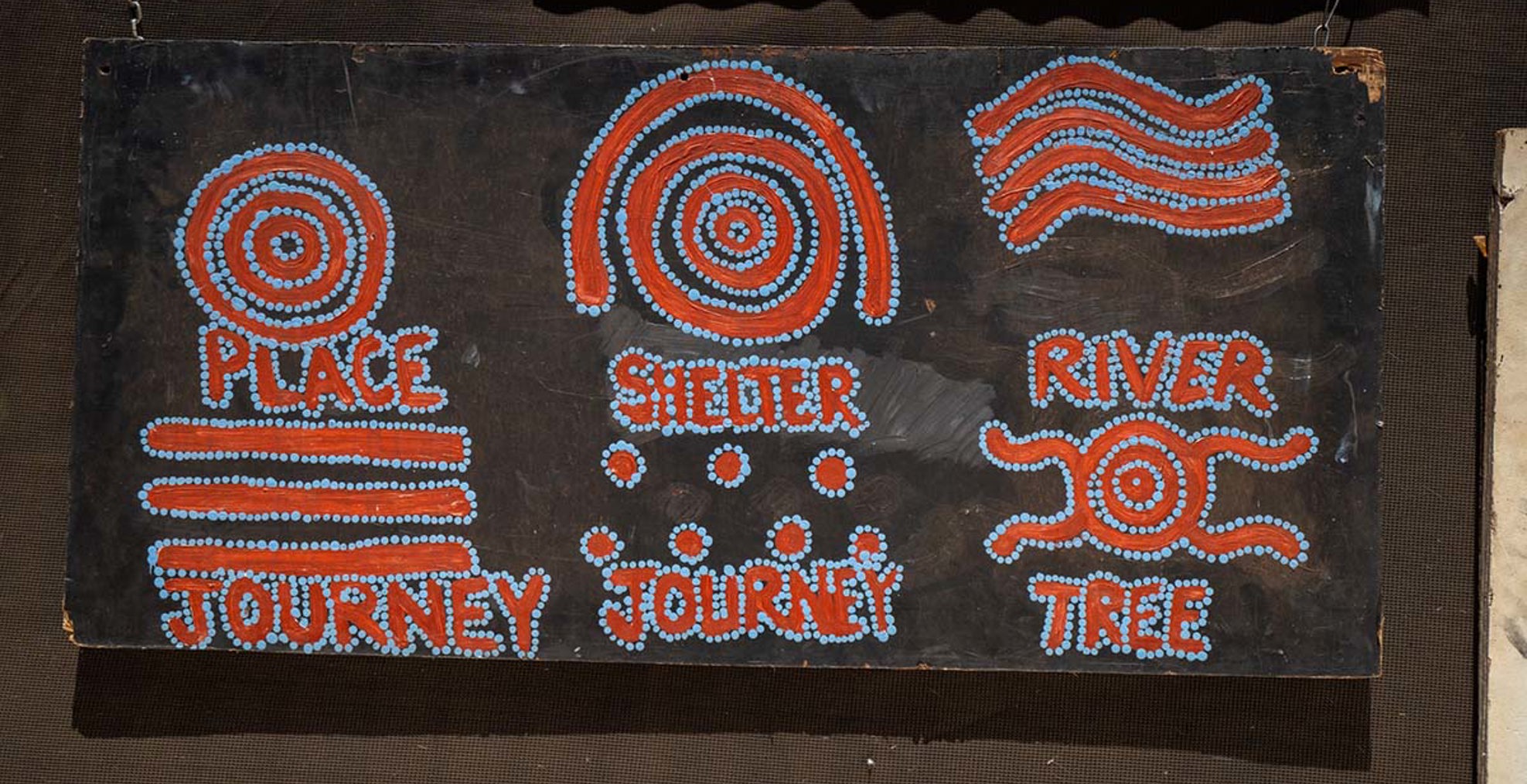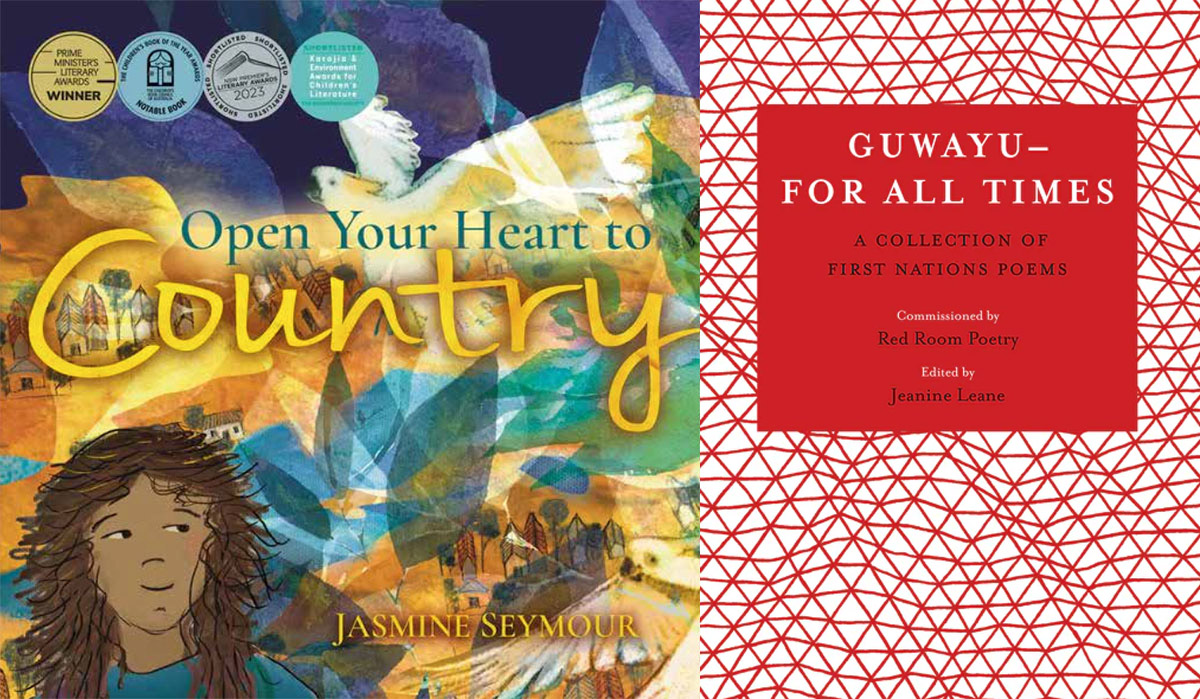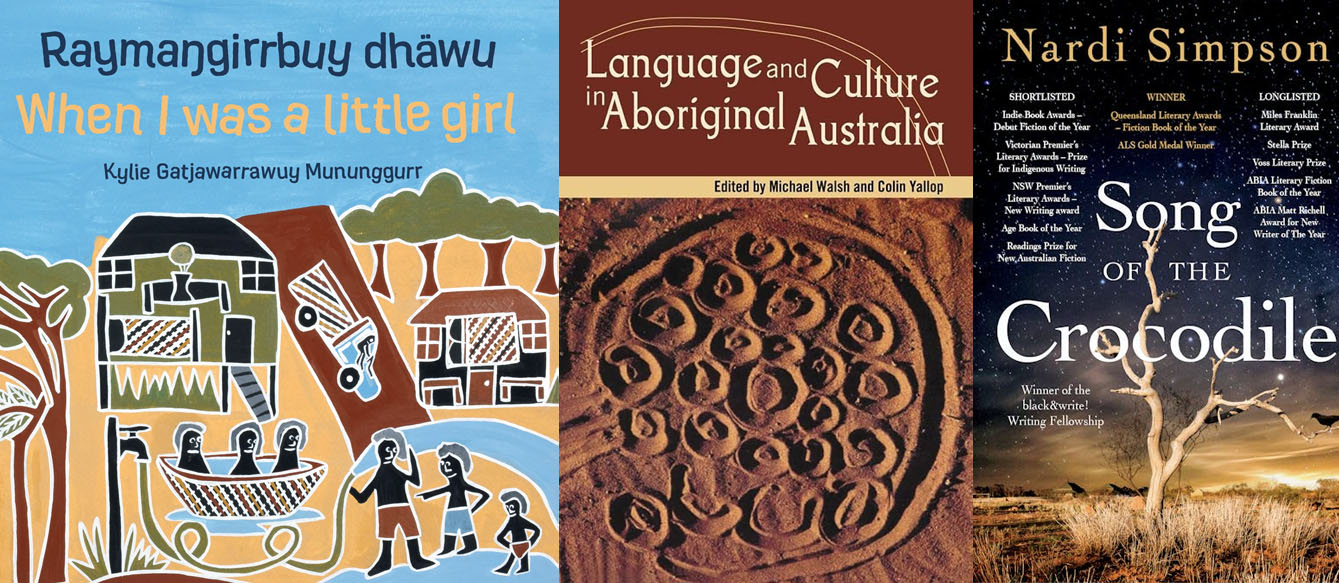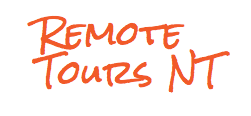
In celebration of this year's Indigenous Literacy Day, which falls on September 4, we have put together a list of books for both kids and adults which include traditional Aboriginal languages, because Indigenous Literacy is not just about English! It's also about celebrating and reviving Aboriginal and Torres Strait Islander languages so they can live on for generations to come.
Indigenous Literacy Day seeks to celebrate First Nations stories, cultures and languages. The Indigenous Literacy Foundation says that:
Literacy provides a fundamental step of building context, comprehension and understanding, whether it is written, visual or auditory. For kids who miss that foundational step in their literacy journey, it has a lifelong impact.
One of the ways in which we measure English literacy skills is through the nation-wide NAPLAN tests. School attendance rates, in particular high attendance rates, are associated with better outcomes in English literacy. This is one of the reasons why the Watarrka Foundation is working to raise school attendance rates for students living in the Watarrka region through initiatives like the annual Sports & Storytelling Festival and the Starlink Project.

It is important to remember that when we talk about 'literacy' in an educational context like this, it usually refers to reading and writing in English. But literacy is much more than that; it is speaking, reading and writing in all languages. First Nations' cultures have strong lineages of oral histories and many Indigenous people are masters of oral literacy, and as of 2021, 58% of Aboriginal people living in the Northern Territory spoke an Aboriginal or Torres Strait Islander language at home. In recent years, there have been efforts to incorporate traditional languages into school curricula, and according to the IHPF, this has "resulted in improvements in school attendance, engagement and learning outcomes, as well as increased self-esteem of young First Nations students."
Traditional languages are important, and no conversation about Indigenous Literacy is complete without them. There are more than 250 Indigenous languages in Australia, and around 800 dialects. A staggering 90% of these languages are considered endangered. For Aboriginal and Torres Strait Islander cultures, Language is a living thing that connects people to Country, culture and ancestors.
You can help celebrate and revive traditional languages by engaging with them; listen to songs in Language, learn about different traditional languages or about your local Language, or buy and read books which include Language. We have put together a handful of these books below to help you get started!

Open Your Heart to Country by Jasmine Seymour (children's picture book)
Open Your Heart to Country is an award winning contribution to children's literature by Dharug woman Jasmine Seymour. Told in both English and Dharug, this book is about re-connecting to Country from the perspective of an Aboriginal character, "sharing the nourishing power of returning home and being immersed in the language of Country, this picture book invites readers to reflect on the importance of place, not only for First Nations’ peoples but for everyone."
Guwayu - For All Times edited by Jeanine Leane (poetry anthology for adults)
Commissioned by Red Room Poetry and published by Magabala Books, this anthology features 61 poems from First Nations poets in 12 First Nations languages from across the country. Many of these poems weave Language and English together, and others are written entirely in Language and sit alongside an English translation. Edited by celebrated Wiradjuri poet Dr Jeanine Leane, this is a stunning collection of Indigenous voices and languages. Reading poetry is a great way to engage with Language because it preserves a quality of rhythm and cadence, helping you get a sense of the words not just by what they mean, but by how they feel and how they are spoken together.

Raymaŋgirrbuy dhäwu When I was a little girl by Kylie Gatjawayyawuy Mununggurr (children's picture book)
A story based on the author's experience of growing up on Raymangirr Country, a remote Yolnu homeland in North East Arnhem Land, Raymaŋgirrbuy dhäwu When I was a little girl is told in both Djambarrpuynu and English. From grinding ochre, hunting for bush honey (guku), painting ceremonial guku designs on their bodies and doing the guku dance, this is heartwarming tale for children about daily life and culture on Country told through Language and vibrant illustrations.
Language and Culture in Aboriginal Australia edited by Michael Walsh and Colin Yallop (adult nonfiction)
This is an educational book for those who want to learn more about Australian Aboriginal languages as a whole, covering topics such as how languages work in different Aboriginal cultures, their histories since colonisation and how they are taught and preserved today. It includes a chapter on the Kriol language, which is the most widely spoken Aboriginal language in Australia. Kriol is not a traditional language but it is a type of creole language, which means it is a mix of English and traditional languages which emerged after colonisation.
Song of the Crocodile by Nardi Simpson (adult fiction)
Song of the Crocodile is multi-award winning debut novel by Yuwaalaraay woman Nardi Simpson. It is a story about Country, family, land and colonisation which is "full of music, Yuwaalaraay language and exquisite description". Described as a moving and wise read, brimming with the power of grief and sovereignty, Song of the Crocodile is a great place to start for those who love fiction and want to engage with Language and the importance of Country.
To support the Foundation and our projects within the Northern Territory, make a donation at www.givenow.com.au/watarrkafoundation






Copyright © 2026 All Rights Reserved | Privacy | Terms & Conditions